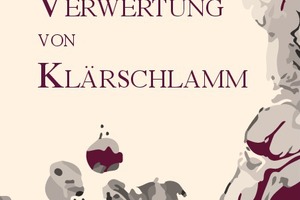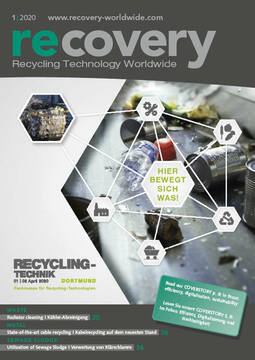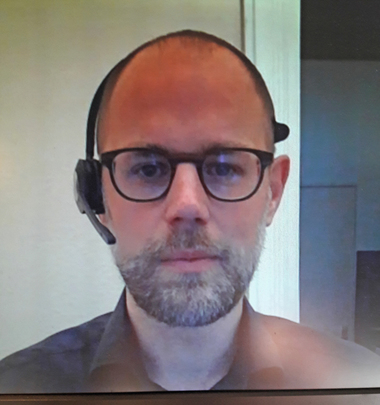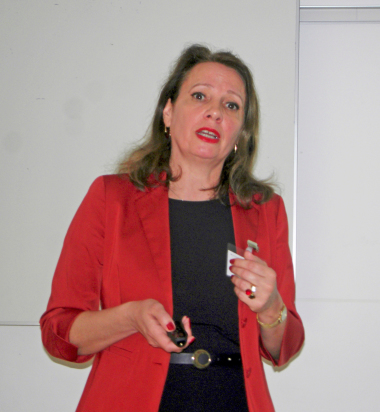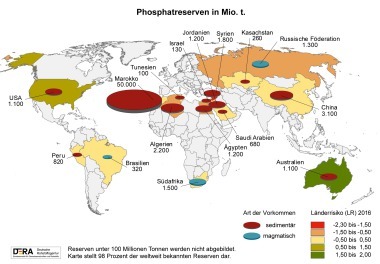Utilization of Sewage Sludge
Sewage sludge as a secondary raw material has gained new importance since the new version of the Sewage Sludge Ordinance (AbfKläV) came into effect on October 3, 2017.
Already prior to the entry into force of the amended AbfKläV, quite a few publications on the topic of sewage sludge utilization were available. More often than not, however, these were individual publications and no comprehensive reference books or books with the reduction of the risk potential in agricultural production as the key topic. Thus, there is all the more reason for us to thank the publishers of the reference book entitled “Utilization of Sewage Sludge” for their decision to promptly publish – in book format – the numerous lectures held within the context of the first Berlin Sewage Sludge Conference, which took place in November 2018. It may well be the first reference book to consider and critically examine the legislator’s new and serious challenges. The editors follow the main topics of the conference assigning the individual publications to them.
In a wonderful foreword, Dr.-Ing. Olaf Holm outlines the goal of the conference and thus also of this reference book, namely to give an informative overview of the modified legal situation and the current technical procedural approaches as well as of the respective practical experience in the utilization of sewage sludge. Altogether 71 experts from the field of sewage sludge – including legal bases, technical bases, strategies and partnerships, approval procedures, sewage sludge incineration and co-incineration as well as phosphorus recovery – have their say.
It starts with the legal framework (8 speeches), followed by lectures on strategies and partnerships (2 speeches).
The field of technology is subdivided into basics (3 speeches) and practice-oriented recycling processes, including the topical areas of:
Sewage sludge incineration (8 speeches),
Exhaust gas cleaning and exhaust gas treatment (3 speeches),
Phosphorus recovery (16 speeches).
In particular, the complex of phosphorus recovery allows comprehensive information on numerous process developments, their technical relevance in practical application, on the advantages and disadvantages and thus on the state-of-the-art in general.
Following each speech, the lecturer or contact partner is introduced with his or her contact dates, so interested readers will be able to gather further information.
An excellent search index helps the reader find certain factual references. The book is clearly designed, with the ranges of topics marked in colour to make them easily identifiable. Due to the outstanding print quality, above all of figures and tables, all details are clearly recognizable. The book is equally suitable for experts and students of the fields of recycling, waste management, wastewater and environmental technology, for the latter to become acquainted with the topic and the particular problems. Not least thanks to the great number of specialist authors who have their say, the book is recommendable for both operators of sewage treatment plants and experts from the disposal and recycling industry.
Olaf Holm, Elisabeth Thomé-Kozmiensky, Peter Quicker, Stefan Kopp-Assenmacher Thomé-Kozmiensky Verlag GmbH, Neuruppin 2018 ISBN 978-3-944310-43-5 574 pages, 218 figures, 62 tables, 75.00 €

